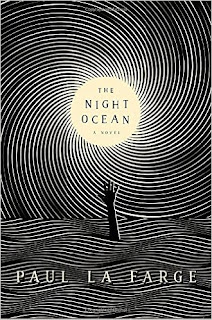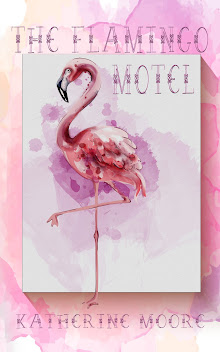G. WELLS TAYLOR was born in Oakville, Ontario, Canada in
1962, but spent most of his early life north of there in Owen Sound where he
went on to study Design Arts at a local college. He later traveled to North
Bay, Ontario to complete Canadore College’s Journalism program before receiving
a degree in English from Nipissing University. Taylor worked as a freelance
writer for small market newspapers and later wrote, designed and edited for
several Canadian niche magazines.
He joined the digital publishing revolution early with an
eBook version of his first novel When
Graveyards Yawn that has been available online since 2000. Taylor published
and edited the Wildclown Chronicle e-zine from 2001-2003 that showcased his
novels, book trailer animations and illustrations, short story writing and book
reviews alongside titles from other up-and-coming horror, fantasy and science
fiction writers.
Still based in Canada, Taylor continues with his publishing
plans that include additions to the Wildclown Mysteries and sequels to the
popular Variant Effect series.
1.
You’re a horror writer. What scares you?
The knowledge that civilization is only a thin veneer.
The knowledge that civilization is only a thin veneer.
2. Who
were the writers who introduced you to horror?
Mary Shelley, Bram Stoker, Robert E. Howard, Rod Serling, Ray Bradbury and Stephen King among others.
Mary Shelley, Bram Stoker, Robert E. Howard, Rod Serling, Ray Bradbury and Stephen King among others.
3.
What are the scariest supernatural
creatures?
Ghosts.
Ghosts.
4.
Did you write stories as a child? Were you
encouraged to write?
I read comic books when I was a kid and learned some of the drawing basics by copying pictures of my favorite superheroes and monsters. Later I began creating my own characters and writing stories about them. My mother who was a teacher read these and encouraged me to write more. She was also a fan of genre fiction and we shared novels and talked about authors and books.
I read comic books when I was a kid and learned some of the drawing basics by copying pictures of my favorite superheroes and monsters. Later I began creating my own characters and writing stories about them. My mother who was a teacher read these and encouraged me to write more. She was also a fan of genre fiction and we shared novels and talked about authors and books.
5.
What was your first publishing credit?
My high school English teacher produced a play I wrote as a class project and entered it in a countywide drama festival where it won the special adjudicator award for promising new writer. While it wasn’t a paid gig, it sure encouraged me to take my writing more seriously.
My high school English teacher produced a play I wrote as a class project and entered it in a countywide drama festival where it won the special adjudicator award for promising new writer. While it wasn’t a paid gig, it sure encouraged me to take my writing more seriously.
 6.
Your trilogy, DRACULA OF THE APES, must have
involved an enormous amount of research. I was particularly impressed by how
well you managed to imitate 19th century storytelling (in all the
best ways). What did you do to prep for writing that saga?
In preparation for writing Dracula of the
Apes, I read fiction and genre novels from the era, and re-read the source
books until I was dreaming them. So far as historical references and setting, I
have to thank the local library and the many text, audio and video resources
offered online.
6.
Your trilogy, DRACULA OF THE APES, must have
involved an enormous amount of research. I was particularly impressed by how
well you managed to imitate 19th century storytelling (in all the
best ways). What did you do to prep for writing that saga?
In preparation for writing Dracula of the
Apes, I read fiction and genre novels from the era, and re-read the source
books until I was dreaming them. So far as historical references and setting, I
have to thank the local library and the many text, audio and video resources
offered online.Regarding the nineteenth century storytelling style, I love early genre fiction, and studied it in university. The lavish descriptions found in such narratives provide detailed accounts and definitions of the unknown or unfamiliar for audiences that had no access to radio, television or Internet communications. It is perfect for writing about exotic locations, horror and mystery.
7.












